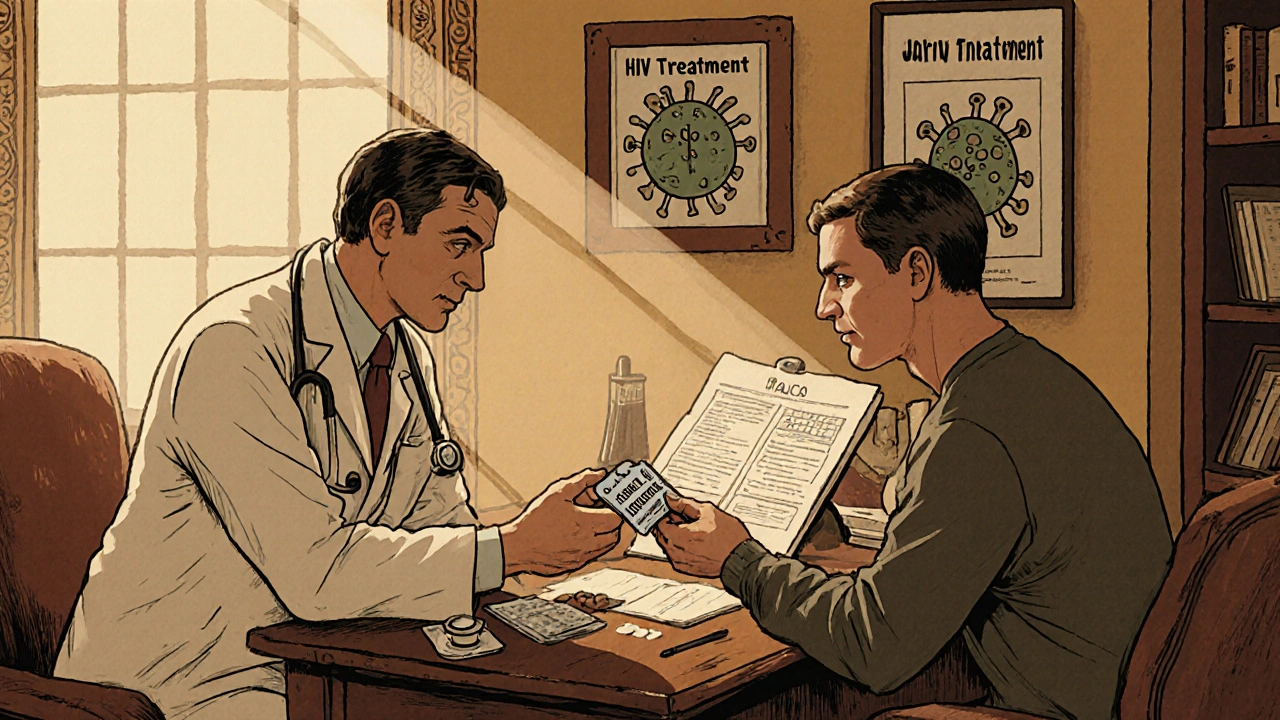Side effects are reactions your body can have to a drug, supplement, or vaccine. Some are mild and fade in days; others need quick action. If you want to use medicines safely, you need to know how to read warnings, track symptoms, and talk with your provider when things don’t feel right.
Short-term side effects show up soon after a dose: nausea, dizziness, drowsiness, or a rash. They often clear as your body adjusts. Long-term or delayed side effects can develop after weeks or months — think changes to mood, blood markers, or organ function. For example, migraine meds like Imitrex usually act fast and cause short-lived effects, while some heart medicines (see our Toprol XL article) list longer-term concerns you should monitor with your doctor.
Don’t ignore new symptoms that aren’t listed on the leaflet. If something feels off — new breathlessness, chest pain, very fast heartbeat, severe rash, swelling of face or throat — treat it as urgent and get medical help right away.
1) Stop guessing. Don’t stop chronic meds suddenly unless a clinician tells you — some drugs cause dangerous rebound effects. Instead, call your prescriber or pharmacist and describe what you feel. Simple details matter: when the symptom started, how long it lasts, its intensity, and if it follows a dose.
2) Keep a short log. Note the medicine name, dose, time taken, and symptoms. A one-week log makes it easier for clinicians to spot patterns or interactions — especially if you take multiple drugs or supplements.
3) Check interactions. Many side effects come from drug–drug or drug–food interactions. Tell your provider about all meds, OTCs, and herbal supplements. If you’re worried about specific combos, our guides on buying medicines and alternatives (like Trazodone alternatives or antibiotic swaps) include interaction tips.
4) Ask for safer options. If a medicine causes intolerable effects, there are often alternatives. For acne meds like isotretinoin, new prescribing rules reflect safety concerns — and your clinician can offer other choices. For blood thinners or heart meds, a simple switch or dose tweak may reduce side effects.
5) Report what you see. Reporting adverse events helps other patients and improves drug safety. Tell your prescriber and consider reporting to your local health regulator or a national adverse-event system.
Small changes at home can help too: take meds with food if the leaflet allows, drink enough water, avoid alcohol when advised, and time doses to reduce drowsiness during work or driving. If you ever feel confused, pharmacists are a great quick resource — they see side-effect patterns every day.
Use the articles on this tag page to learn about specific drugs and their common reactions — from Toprol XL and Plavix to Imitrex and isotretinoin updates. If a post mentions a side effect you’re experiencing, bring that info to your appointment. Clear notes and open conversation with your healthcare team are the fastest path back to feeling better.




